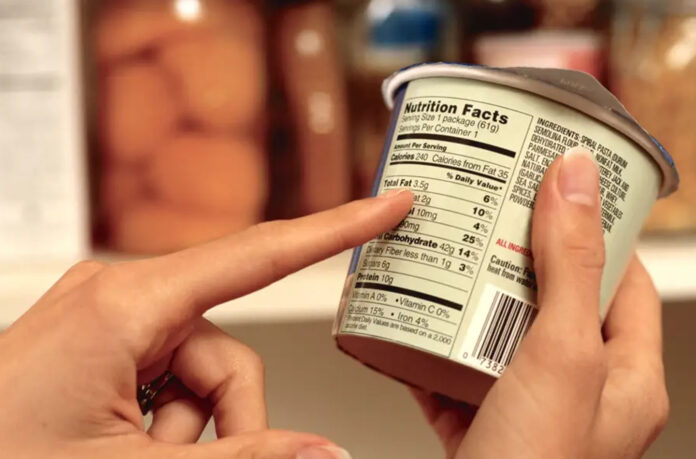
Canada joins countries like Chile and Mexico who have introduced similar labelling. An evaluation of Chile’s front-of-package nutrition labels found a 25% decline in sugary drink purchases after 18 months and 37% of Chileans agreed that the labels led them to make changes to their food choices. Beyond guiding healthy choices, mandatory labels in Canada are also expected to incentivize companies to develop healthier products and reformulate existing foods to avoid the label.
In addition to front-of-package nutrition labelling, Heart & Stroke also applauds the federal government’s action on the Healthy Eating Strategy to date including Canada’s new food guide and the banning of trans fats in all foods sold in Canada. The remaining elements of the strategy, notably restrictions on the marketing of food and beverages high in sodium, sugars and saturated fat to children, will further support Canadians and their families. In fact, 90% of the highly influential food and beverage ads kids see on television and online are for ultra-processed foods.
“Millions of Canadians are living with chronic diseases that are impacted by the foods we eat, including heart disease and stroke,” says Doug Roth. “Strong policies, like the ones in the Healthy Eating Strategy are changing our food environment and making it easier to make healthier choices.”
Other elements of a multi-pronged approach to help Canadians eat better include actions to ensure nutritious foods and safe drinking water are available and accessible in all communities, the promotion of food skills and food literacy and a national school food program.
Fast facts:
• A food that contributes 15% or more of the daily value of sodium, sugars or saturated fat will need to display the new front-of-package nutrition label.
Fresh foods such as vegetables, fruit, meat and fish, as well as some milk products, will not be labelled.









